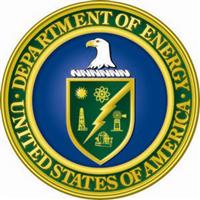The next generation of HVAC systems ?
USA – The US Department of Energy (DOE) has announced that it will grant nearly $ 8 million to support research and development in next-generation technologies for heating, ventilation and air conditioning (HVAC). R & D will focus on the development of air conditioning solutions in areas with significant potential energy savings for new and existing buildings. The money will also contribute to developing innovative approaches that could replace technologies traditionally used in gas compression HVAC as well as the use of refrigerants that harm the global environment.
Currently, air conditioners account for the largest proportion of energy used in buildings. In the US, 14 quadrillion BTU’s (British Thermal Units) of primary energy are consumed annually by the HVAC industry, representing nearly 30% of the energy used in commercial and residential buildings. The development of vapor compression HVAC systems could lead to an estimated energy savings of 40% compared to current technologies.
The research focuses on improving the efficiency of technologies using established ratings, as measured by the Energy Performance (ERA) and / or seasonal energy efficiency ratio (SEER). It also focuses on the development of technologies or systems improving part load efficiency. This implies a partial load operation of HVAC systems. The Department of Energy is seeking proposals for this subsidy from businesses, universities, nonprofit organizations and national laboratories.
The office of the Department of Energy, Energy Efficiency and Renewable Energy (EERE) is accelerating this development by facilitating the deployment of energy efficiency, renewable energy technologies and solutions based on the US market. This will enhance energy security, environmental quality and economic vitality. EERE supports innovative technologies to reduce the risks and costs of installing energy efficient technologies in buildings.














